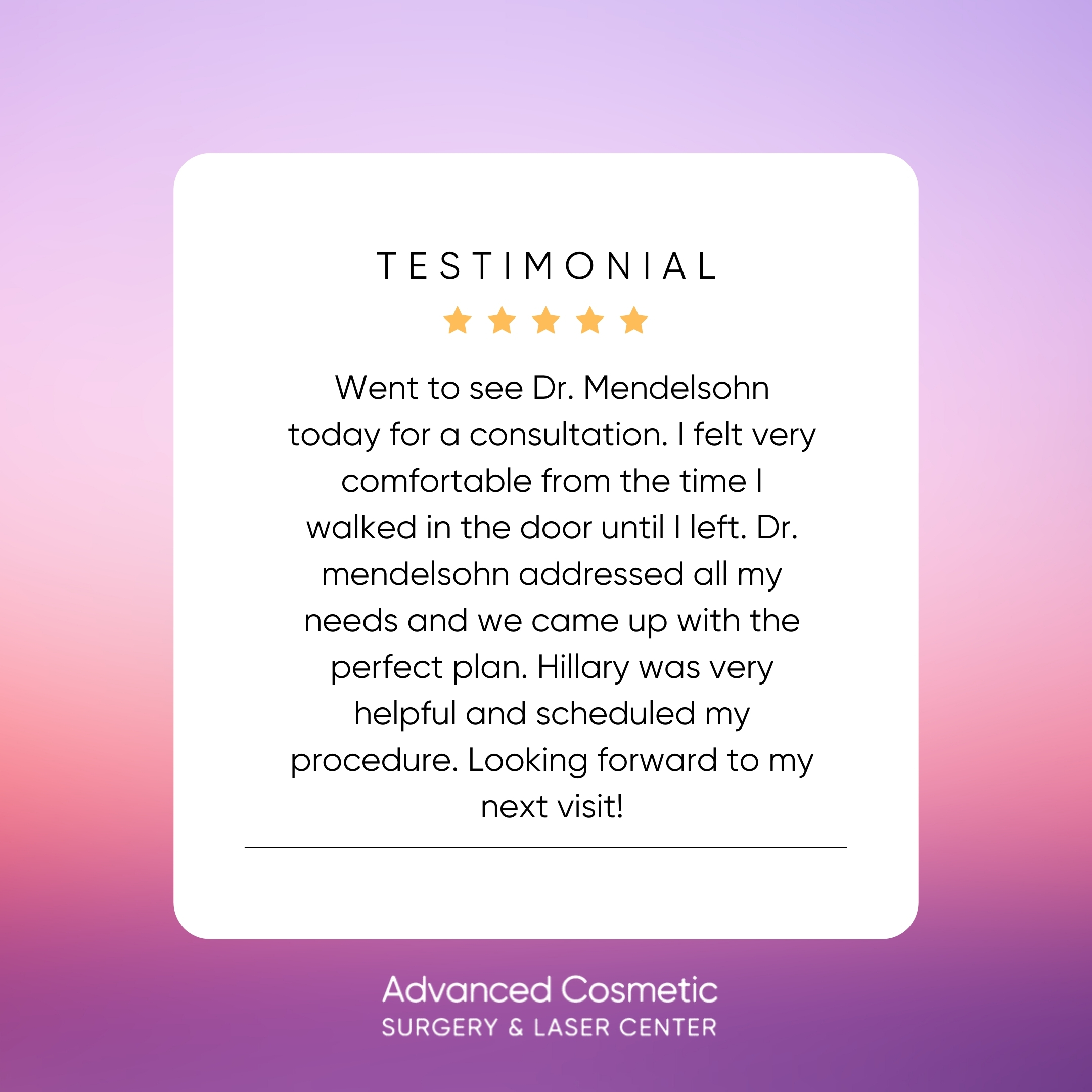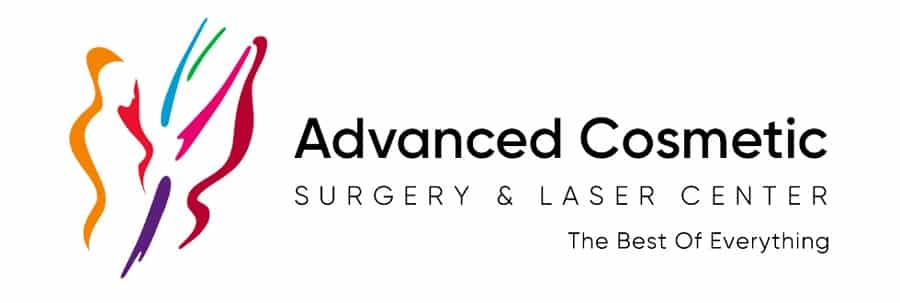
Lower Eyelid Blepharoplasty (Transcription)
With regards to eyelid rejuvenation, we talk about the upper eyelids and we’ve already discussed an upper blepharoplasty or upper eyelid surgery. In the lower eyelid region there are several other things that occur and it’s a little bit more complex to discuss. There is an analogous procedure called the lower blepharoplasty and we used to perform this very commonly, of course we still perform it but I’d like to review the indications for it and how it’s differed from how we used to do things. In the past when you came in and we were getting ready to perform your upper eyelid surgery, you may have been leaving the office and say hey doc, what do you think about my lower eyelids and I’d say ok, let’s go ahead and treat your lower eyelids as well. Well, we’d come back from that procedure, of course we’d have a little bit of discussion, but following the procedure you may come back and say but look, I still have this line, how come it still looks dark? There would be concerns or complaints that you’d still have. Back in the day we didn’t have a lot of other treatments to offer you so we would perform surgery.
In the lower eyelid the anatomy is like this, there is a partition just like the upper eyelid called the orbital septum and there’s some fatty tissue, there’s some fat around our, in the lower eyelid area, that often begins to protrude on that area. Patients will complain of a bag or circles underneath their eye and that’s representative of this fatty tissue. Surgically what we can do is we can go in there and shrink or surgically remove some of that tissue and that’s what we used to do, we used to remove all of the fat that we could get our hands on. The problem with that is while we might have removed the bag we created a new problem, we created a situation where people look cadaveric, or sunken in, or hollow and now what we have is we have this big dark, like a shadow, and this was commonly what all of us would use to do.
Over the past decade or so there has been a big transition away from removing all of that fat and being more conservative with the lower blepharoplasty, I’m going to touch on that in a moment. In addition to removing the fat, sometimes there’s some extra skin in this area and for that we might remove some of the skin, we might call it a pinch incision, so a lower eyelid procedure or a lower blepharoplasty deals with the extra fatty tissue and/or some of the extra skin. With regards to how we perform a lower blepharoplasty there are two main approaches, if in fact we need to address some of the extra skin we will perform what we call a subciliary incision and very simply what that means is we’re making a little incision, it’s about one millimeter away from the eyelash line, it allows us to elevate the skin, we use some Q-tips to get down to the fat where we will remove or shrink some of that fat conservatively, but it also allows us to remove several millimeters of skin in patients where they only have fat and not extra layers of skin to remove, we’ll perform what is called a transconjunctival incision, and very simply what that means is we’re going to make a little incision on the inside, the back part of the eyelid and we retract it and we use some Q-tips and we go right down to the fatty area and we shrink or remove that fatty tissue and in that instance there are no sutures, no stitches used to close that incision.
However, a lower blepharoplasty, while it might address some of the fatty tissue and some of the extra skin, it really isn’t the only solution and these days, the solutions I’m about to discuss, are probably more common and do something different than what lower eyelid surgery offers. So there are two non surgical treatments to help rejuvenate the eyelids that we commonly perform, and one is the use of fillers, everybody has heard of fillers and fillers are a class of materials that add volume, fill in things, the class of materials that we commonly like to use are called hyaluronic acids or HA’s as we call them. You might know these by the name Restylane, Juvederm Ultra or now Juvederm Voluma. Hyaluronic acids are naturally occurring products, their found ubiquitously, their part of life, their part of our bone, part of our skin therefore there’s no test required, there’s no allergy, hyaluroic acids have some unique properties, also. Their soft, their malleable, we can contour them, they are also reversible. Let’s say for some reason somebody doesn’t like them, we can dissolve them instantaneously. This isn’t something we like to do nor is it something we need to do commonly, but it’s nice to know that we can do that, it allows us to go for it, it allows us to fix the problem and not worry so much about using these products.
That’s not true of many other class of products, your own fat, radius, Sculptra, artefill and many others, so in our office we prefer initially to use hyaluroic acids in this area and they work quite well. The biggest difference between Juvederm Ultra Plus and Juvederm Voluma is its duration. Juvederm has been around for a long time, it’s the number one filler that is used and it can be used safely in the lower eyelid area, it typically lasts between nine and fifteen months. Last year, Juvederm Voluma was FDA approved after being used in seventy two countries for nine years, it finally made its way to the US. Juvederm Voluma lasts two years by FDA standards, it also gives a little bit more of a volume approach, it allows us not just to contour the lower eyelid area but we can do some other things in the cheek and throughout the face, we’ll talk about that when we talk about Juvederm Voluma a little bit later.
So besides the lower blepharoplasty using fillers, these hyaluroic acid products are a wonderful way to improve the contour, the concavity we often see in the lower eyelid area. Children typically have more volume in their lower eyelid, as we age tissues begin to descend and we lose volume. In most adults, we have a concavity in this area, a concave, and so what happens is we have the convexity of our cheek and we have the convexity of our fat pockets here so when light bounces off of it, it cast shadows into this concave region and therefore the shadowing makes our eyes look more tired and if you look at my eyes I’m a good example of what you can see there, so using fillers will fill in that concave area and therefore rejuvenate the eyelid and in this photo you can see before and after, immediately after filler has been placed in the tear trough area, or this concave region we’re talking about.
There’s another unique property of hyaluroic acids and that is they are hydrophilic, that is they are water loving, they attract water molecules, so one of the advantages of having a hyaluroic acid filler injected anywhere, is that even as it begins to slowly resorb over time it still has this property where it’s attracting water molecules and for the very fine lines that we have, it helps fill those in as well. In addition, many times patients will have a true discoloration in their lower eyelid area, that is it might be grey or green or yellow when there’s some true discoloration, fillers aren’t going to fix every aspect of the lower eyelid problem so sometimes treatments using retnalls, retnas, using Vitamin C’s, using good skin care regiment will assist, similarly we provide a fractionated Co2 laser, resurfacing in this area, to help with the fine lines the crapeiness, the discoloration and stimulate the production of cologne. So many times when we’re talking about lower eyelid rejuvenation, depending upon what the goal is, depending upon how things look, we might choose non surgical options, fillers, skin treatments, ahead of surgery.
Lower Eyelid Blepharoplasty
Addresses the following concerns
- Comments about looking older, sad, or tired, discoloration of the lower eyelid region.
- Excess skin, wrinkles, bags, circles, and discoloration of the lower eyelid region.
- Excess eyelid fat.
Blepharoplasty Procedure
Blepharoplasty Procedure
- Outpatient procedure performed under local anesthetic in our AAAHC accredited surgery center.
- The procedure takes about 15 to 20 minutes to perform.
- When treating the lower eyelids, incisions can be made in the natural crease of the lower eyelid, where excess skin and fat are removed.
- A transconjunctival incision can also be made “inside” the lower eyelid region when only excess fat is required.
- When treating the lower eyelids, an incision is made inside the lower eyelid, or below the edge of the outer lower eyelid, and then excess skin and fat are removed.
- Lower blepharoplasties may not be recommended as non-surgical treatments like fillers and DOT laser help rejuvenate many of the concerns patients have without surgery.
Blepharoplasty Recovery
- You will need to sleep and rest with your head slightly elevated for a week after your procedure. We prefer that you do NOT sleep on your face.
- Pain is minimal, subsides by the second or third day, and is easily controlled with medication like Tylenol. Most patients do not take anything after the first day.
- Swelling is mild to moderate and peaks at day two, then subsides rapidly over the next several weeks.
- Bruising is minimal.
- You will come in the day after your procedure for a checkup, and sutures are removed about six days afterwards.
- Makeup may be applied after sutures are removed, and you are able to comfortably appear in public after that time.
- You may resume many activities within the first week after surgery, and most regular activities by the end of three weeks.
Blepharoplasty (Lower Eyelids) - Results
- Natural, rested, younger appearance.
- May also require the treatment of Fillers and DOT laser.
- Presentable appearance by the end of the first week that just gets better over three to six months.

